Volkswagen realizes touchscreens were a mistake, so it’s bringing back knobs and buttons
Automakers have increasingly moved controls for functions like air conditioning and volume onto touchscreens, and Volkswagen has been no exception. But now, the German car company is reversing course. VW is going analog, and will bring back physical buttons and knobs for essential cabin functions in future models. Volkswagen design chief Andreas Mindt told the British car magazine Autocar that beginning with its electric ID 2all due out in 2026, the volume, heating, fans, and hazard lights will all have physical buttons again. [Image: Volkswagen] “We will never, ever make this mistake any more,” Mindt said. “Honestly, it’s a car. It’s not a phone: it’s a car.” Although digital controls on sleek infotainment screens can signal to car buyers that a vehicle’s technology is cutting edge, what works for smartphones doesn’t necessarily translate to cars. It turns out many drivers prefer physical controls and they’re also easier to use. A 2024 J.D. Power study found car owners say passenger display screens are “not necessary,” and drivers who review them negatively blame usability issues. The Tesla effect Tesla introduced a touchscreen infotainment center in its Model X in 2012, and other automakers followed. “Everything’s computer,” President Donald Trump proclaimed Tuesday while touring the inside of a Tesla on the White House grounds as a show of support for Tesla CEO Elon Musk’s car company as its stock slides. [Image: Volkswagen] Packing controls into an iPad-style screen is cheaper for car companies who don’t have to manufacture extra controls and knobs, but according to one study, it’s worse for drivers. The Swedish car magazine Vi Bilägare found test pilots were able to more quickly perform tasks like starting the defroster, turning on the radio, and setting it to a particular station while driving a 17-year old Volvo V70 with physical controls than in new, pricier cars with touchscreens. It makes sense; with touchscreens, drivers have to take their eyes off the road to see what they’re doing, while with physical controls, they can feel their way around and keep their eyes focused on driving. [Image: Volkswagen] Volkswagen will still keep touchscreens in its cars, but in promotional materials for the ID 2all, the company emphasizes controls that are intuitive and easy to see and use, like its illuminated air-conditioning buttons and a practical thumbwheel for volume. Whether Volkswagen’s re-buttoning is the start of a wider trend back to more analog controls remains to be seen, but according to Mindt, there’s consumer demand for it. “There’s feedback, it’s real, and people love this,” he said.

Automakers have increasingly moved controls for functions like air conditioning and volume onto touchscreens, and Volkswagen has been no exception. But now, the German car company is reversing course. VW is going analog, and will bring back physical buttons and knobs for essential cabin functions in future models.
Volkswagen design chief Andreas Mindt told the British car magazine Autocar that beginning with its electric ID 2all due out in 2026, the volume, heating, fans, and hazard lights will all have physical buttons again.

“We will never, ever make this mistake any more,” Mindt said. “Honestly, it’s a car. It’s not a phone: it’s a car.”
Although digital controls on sleek infotainment screens can signal to car buyers that a vehicle’s technology is cutting edge, what works for smartphones doesn’t necessarily translate to cars. It turns out many drivers prefer physical controls and they’re also easier to use. A 2024 J.D. Power study found car owners say passenger display screens are “not necessary,” and drivers who review them negatively blame usability issues.
The Tesla effect
Tesla introduced a touchscreen infotainment center in its Model X in 2012, and other automakers followed. “Everything’s computer,” President Donald Trump proclaimed Tuesday while touring the inside of a Tesla on the White House grounds as a show of support for Tesla CEO Elon Musk’s car company as its stock slides.

Packing controls into an iPad-style screen is cheaper for car companies who don’t have to manufacture extra controls and knobs, but according to one study, it’s worse for drivers. The Swedish car magazine Vi Bilägare found test pilots were able to more quickly perform tasks like starting the defroster, turning on the radio, and setting it to a particular station while driving a 17-year old Volvo V70 with physical controls than in new, pricier cars with touchscreens. It makes sense; with touchscreens, drivers have to take their eyes off the road to see what they’re doing, while with physical controls, they can feel their way around and keep their eyes focused on driving.

Volkswagen will still keep touchscreens in its cars, but in promotional materials for the ID 2all, the company emphasizes controls that are intuitive and easy to see and use, like its illuminated air-conditioning buttons and a practical thumbwheel for volume.
Whether Volkswagen’s re-buttoning is the start of a wider trend back to more analog controls remains to be seen, but according to Mindt, there’s consumer demand for it. “There’s feedback, it’s real, and people love this,” he said.


![How to Find Low-Competition Keywords with Semrush [Super Easy]](https://static.semrush.com/blog/uploads/media/73/62/7362f16fb9e460b6d58ccc09b4a048b6/how-to-find-low-competition-keywords-sm.png)

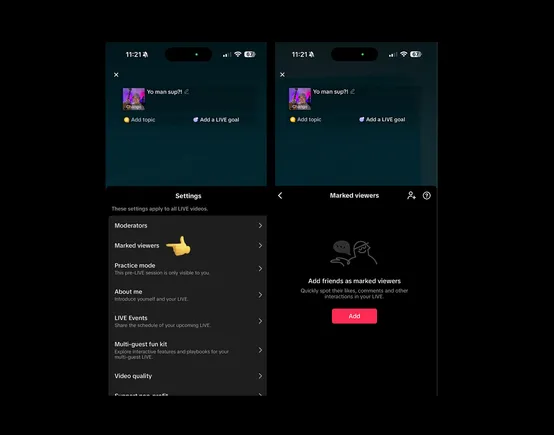



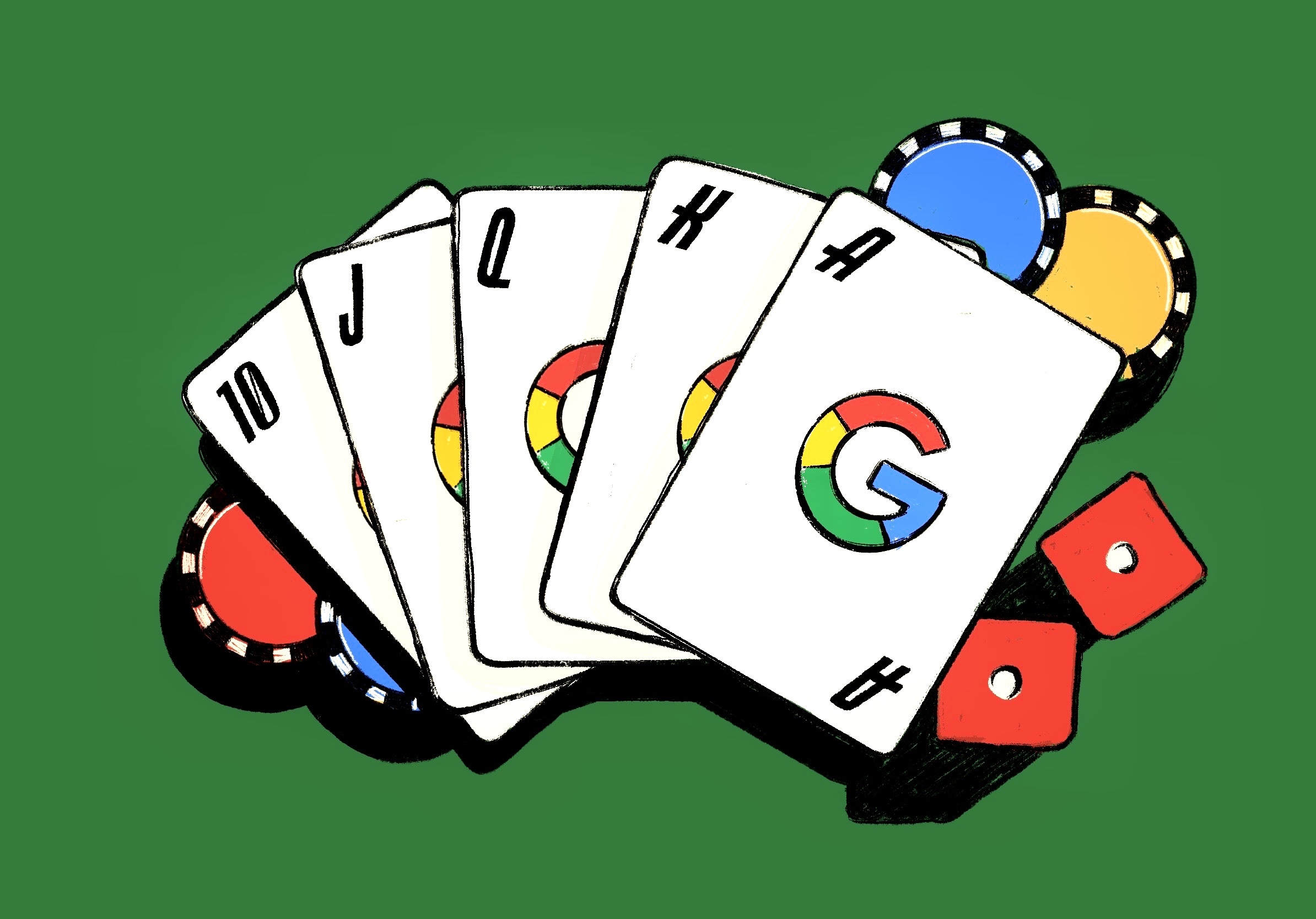
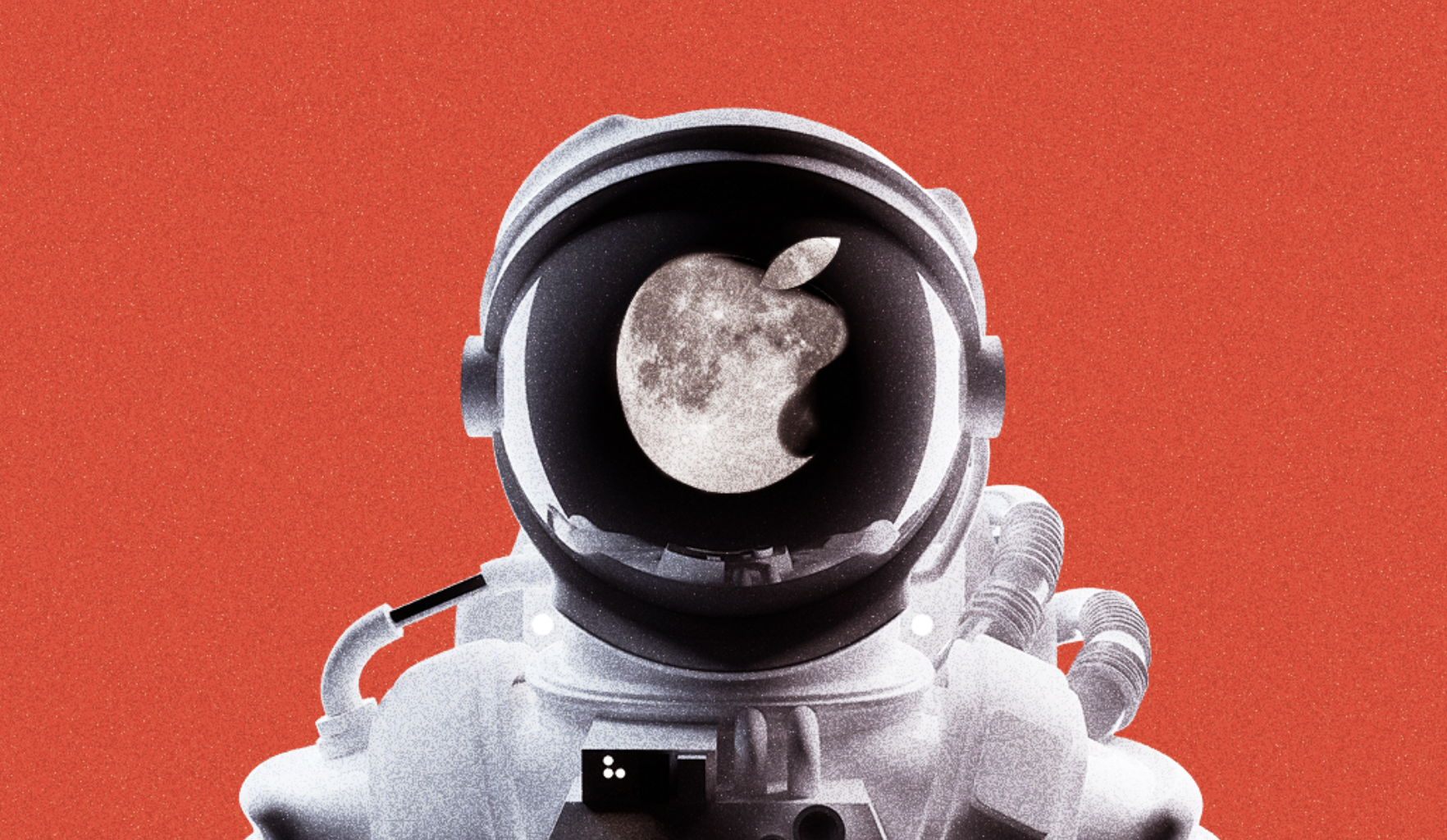


































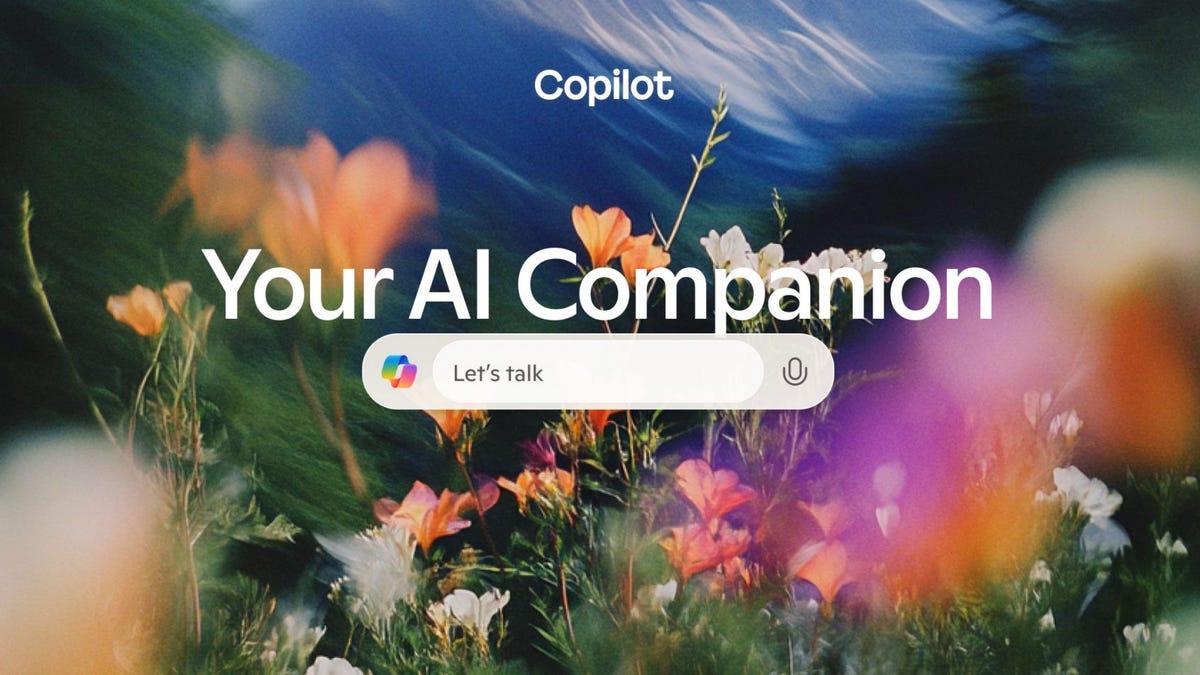


























































































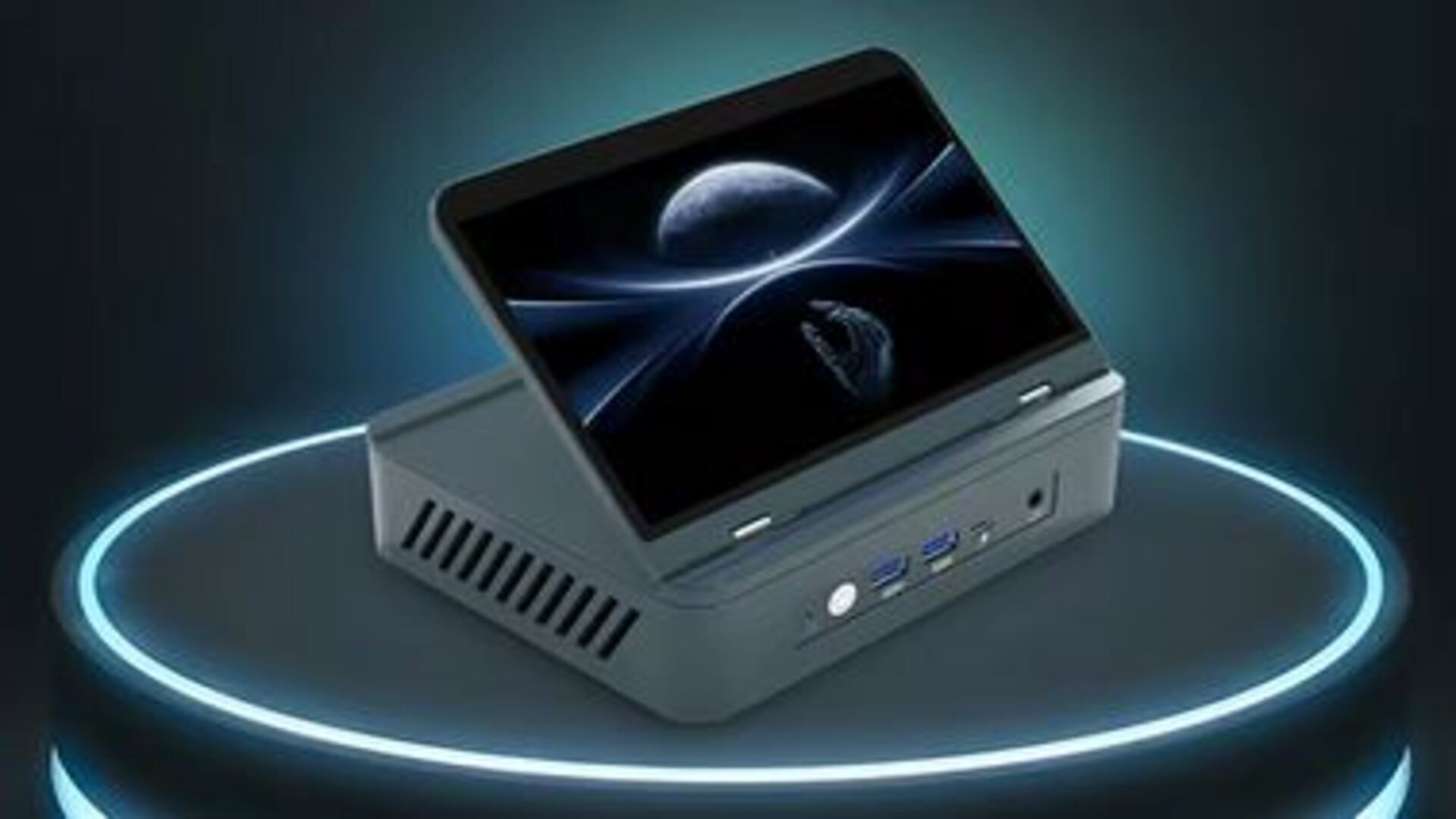





































.jpg)
%20Abstract%20Background%20112024%20SOURCE%20Amazon.jpg)


















